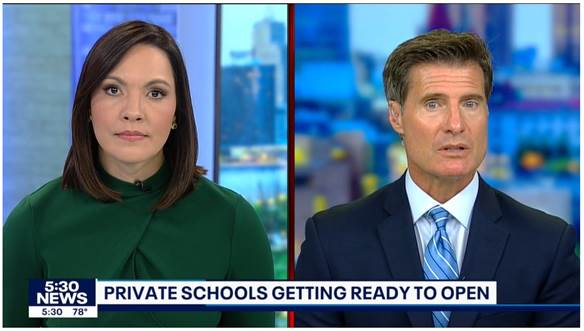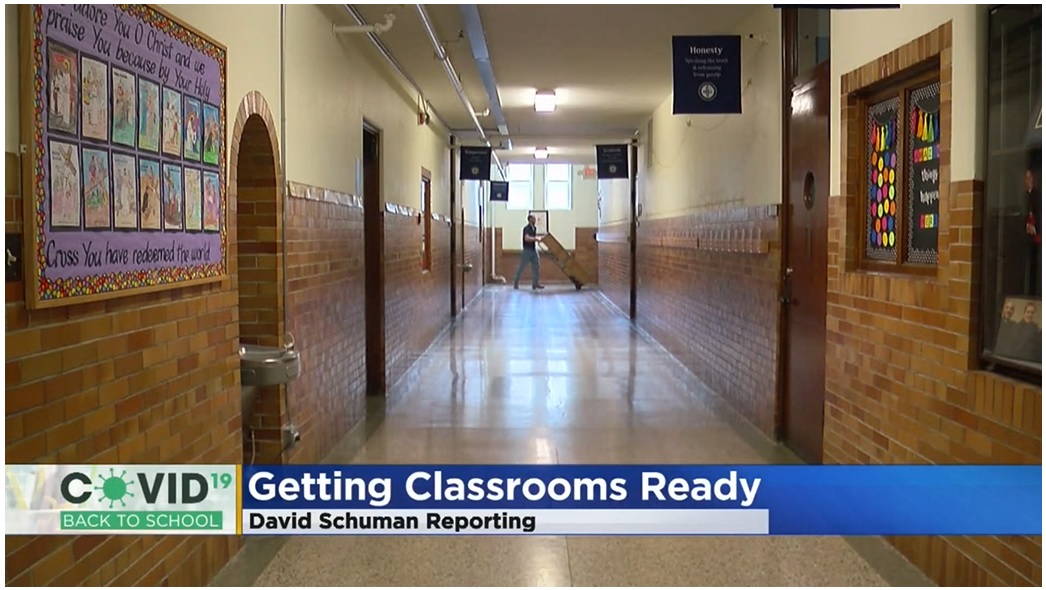In 1942, there were 108,579 public school districts in the United States. By the 2020-21 school year, there were only 13,187.
That massive consolidation of school districts was propelled by the belief that economies of scale created by larger school districts would lower costs and serve students better. Those presumed efficiencies have not, however, been demonstrated in practice. As Stephen Coffin summarized, “Large urban school districts generally have not been accountable for improving school and student performance…they have been constrained by their overly large scale…The typical large urban school district needs to be right-sized or disaggregated.”
Why has school district consolidation failed to perform as advertised? Because centralized administration creates more adverse incentives that overwhelm any advantages they might have.
One important reason is that teaching is an idiosyncratic art, practiced differently by people with different capabilities and approaches. One such difference is that younger teachers are closer in age to their students, but know fewer relevant illustrations than older teachers, who have often accumulated larger stores of knowledge over time, which faces them with a different issue: determining what works best for a particular class. Further, some seem to be far better story-tellers than others.
As with other differences, these imply that there is no single set of teaching guidelines that can be imposed from above by a centralized decision-making authority, and attempting to do so will serve students poorly.
Centralized bureaucratic systems also tend to undermine teachers’ accountability to those for whom it is most important. They make teachers accountable to administrators rather than students and their parents.
Noting the incentives created by large, centralized school districts, not to mention the many controversies that have arisen in public education helps us understand the increasing support for breaking up some of the largest school districts, which would reduce the “monopoly power” of their school boards. At issue? What is taught and how. Merely breaking larger monopolies into smaller monopolies, however, does not necessarily mean parents and students will end up with any more power over policies.
That inherent difficulty helps explain the growing support for charter schools, which are not subject to the same rules of traditional public schools. But as Thomas Sowell documents in Charter Schools and Their Enemies, even the far superior performance of charter schools in apples to apples comparisons may not be enough to withstand the increasing political dangers threatening charter schools under the flag of “reform,” which threatens to undermine “the urgent task of educating young people in the skills that will determine what kind of future they will have available as adults.”
Sowell illustrates both the “remarkable success” of charter schools and the hostility they face at the hands of public school teachers and administrators, their unions, schools of education, and politicians seeking union backing. For all of this there is one simple explanation: “It is successful charter schools that are the real threat to the traditional unionized public schools.”
With charter schools so heavily opposed by the public school establishment, producing far too few spaces for those who wish to enroll in them, voucher programs may serve parents better. The portability of those resources could powerfully invigorate accountability by letting money move along with students when they leave poor teachers and schools for better ones. When resources don’t accompany students, financial punishment is visited upon more effective schools who must teach more people without more funds to do so. When resources do accompany those students, parents have far greater incentive to be involved, as their ability to redirect resources allows them to benefit from superior academic performance on behalf of their children.
Very large school districts have failed to serve parents and students, but have increased the rewards given to those responsible for that failure. Efforts to break them up have faced resistance, and even when break-ups are achieved, top-down policy making often undermines the potential payoffs. Efforts to improve things with charter schools have shown some great results, and vouchers are attractive as a means to make educators more responsible to parents than to administrators. But we are still in the early stages of a very long struggle, and there are no quick, easy fixes.
With the powerful opposition every effort at effective educational reform faces, what we need are ways to decisively sever control of schools from the hands of special interests. And that effort faces the wild card of a sharply declining population of school age students, which can provide yet another excuse to further consolidate educational provision that is already too centralized. It is a daunting task, but our children’s future justifies facing it head on.
—
This article is republished from AIER under a creative commons license.
Image Credit: Pexels











![[downloaded during free trial]](https://oakmn.org/wp-content/uploads/2025/11/iStock-1430368205-120x86.jpg)

